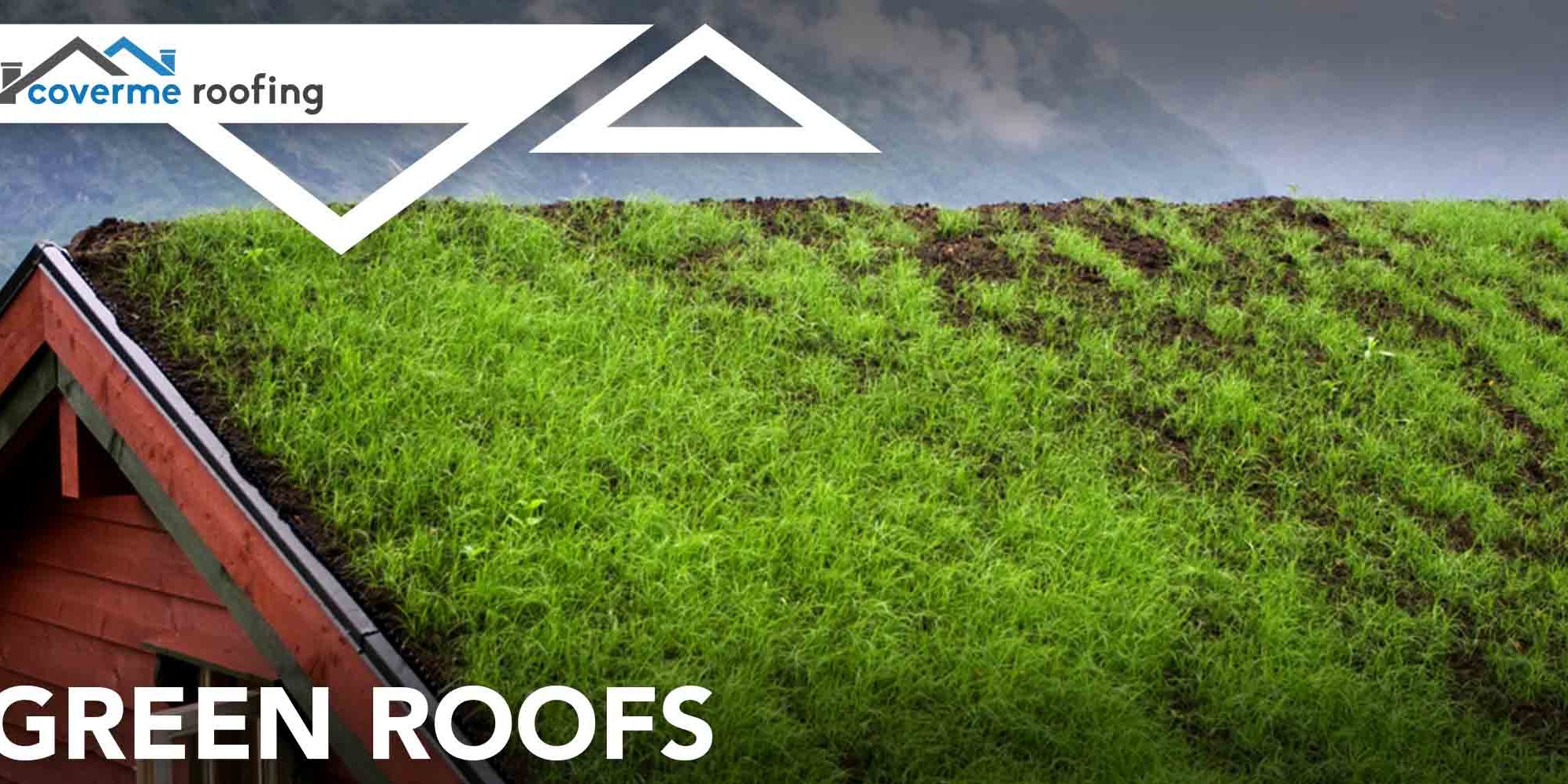A green roof is not a roof that’s painted green. It’s not a roof made out of limes and cucumbers. It’s a roof that has been covered with living vegetation to provide storm water management, cooling, natural habitat, and other benefits. Green roofs can be added to existing roofs and can cover all or part of the roof.
When speaking of green roofs, there are 3 categories — extensive, intensive and biodiverse.
An extensive green roof is a low maintenance, lightweight planted roof system that is typically composed of a drainage layer, substrate and a visually attractive plant system that offers solutions to many environmental and building performance challenges.
An intensive roof provides benefits like a domestic garden or small urban park through a combination of soft and hard landscaping. With planting options including lawns, shrubs and even small trees, substrates tend to be greater in depth, heavier and have a higher organic content — regular maintenance and irrigation can be expected.
A biodiverse roof recreates or enhances a habitat designed to attract particularly desirable flora and fauna, whether for environmental benefit or for building designs that are sympathetic to the local landscape. The planting strategy will therefore involve species that are indigenous to the particular location of the building.
So why in the world would you want a green roof? The reasons typically come down to ecological or environmental benefits, building performance enhancements, financial incentives and planning requirements. The nature and extent of these benefits will vary with the specific green roof construction.
The most cost-effective time to construct a green roof is during new construction or when the roof needs to be replaced. Before initiating a roof retrofit, you will need to determine the capacity of your building to sustain a green roof by hiring a licensed professional, such as a structural engineer or architect, to examine the existing roof structure and you’ll also need to acquire a building permit.



